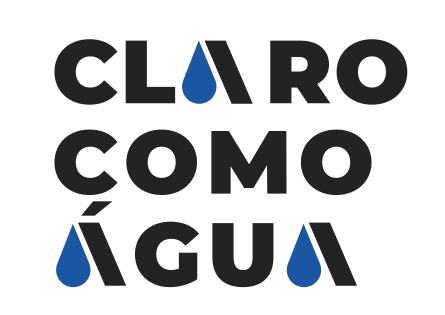Excited yet? Start exploring and experience Purity III today
Support RTL language layout

We are working days and nights to bring back RTL language layout for the RTL community. Purity III will be RTLized pretty soon. Stay calm and hang in there, guys.
Module Chrome
Module chrome is a term for PHP functions that provide some optional HTML markup in which the module code is placed. This is often called a wrapper for the module output.
Module chrome allows template designers to have a certain amount of control over the way the output from a Module is displayed in their template. Essentially, it consists of a small amount of predefined HTML which is inserted before, after, or around the output from each module, and which can then be styled using CSS. Module chrome is commonly used to provide borders around modules, especially with rounded corners, but it can be used for much more than that.
Module chrome is determined by using the 'style' attribute in the statement calling the module. For example, the following statement may be used in the index.php file of a template to insert the Modules in the 'user1' position and apply the 'custom' Module chrome:
<jdoc:include type="modules" name="user1" style="custom" />It can be seen that the same Module chrome is applied to every Module in that position - in other words, if you want to have two Modules in a column, but want them to have different Module chrome, then they would need to be set up as two different 'positions' (e.g. 'user1' and 'user2').
The standard Joomla! 1.5+ package includes six default Module chrome styles. However, the flexibility of the template system means that you are not limited to these styles - it's very easy to create as many new styles as you want!
Reference: http://docs.joomla.org/Glossary
XML
Extensible markup language that defines a format that is both human-readable and machine-readable. XML files are used in Joomla for installation files, options, and JForm forms.
XHTML
It stands for Extensible hypertext markup language and is an application of XML. Most Joomla pages are based on XHTML.






















